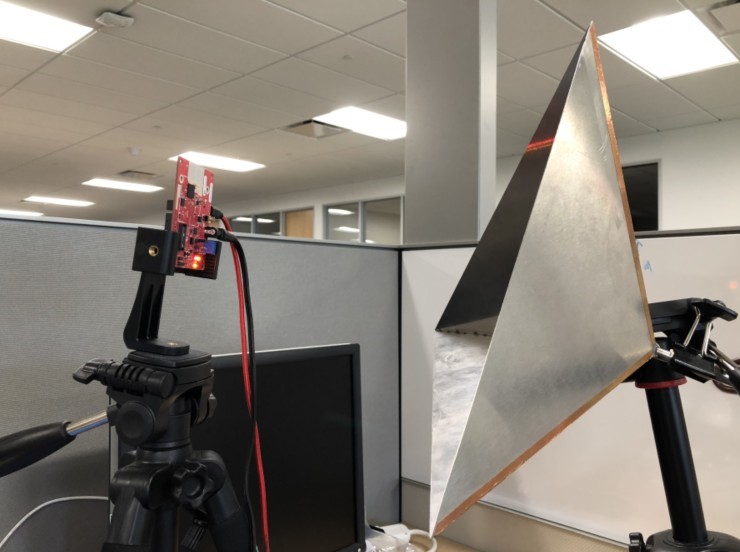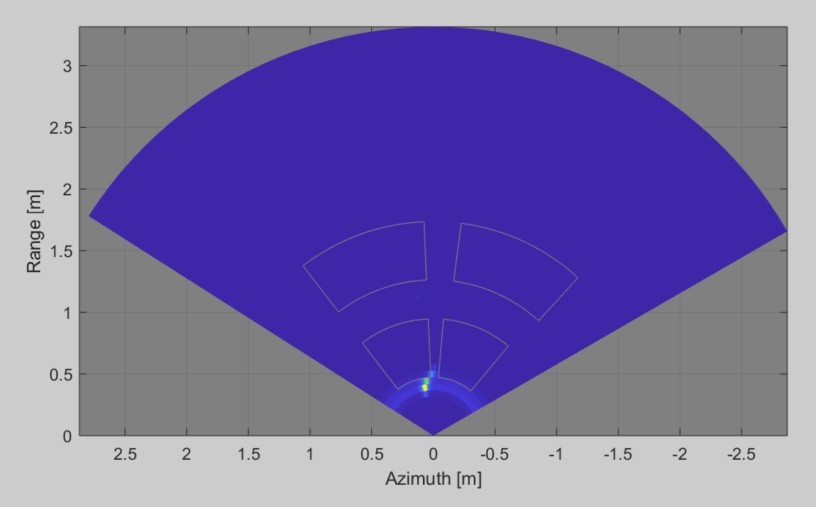Hi,
My customer has tried vehicle occupation detection demo (lab0003_occupancy_detection) on their AWR1642 board. And they found in some special case some of the heat map datas overflowed. In CCS, we can see some of the value of heat map data is negative.
Any comment to solve the overflow issue?



